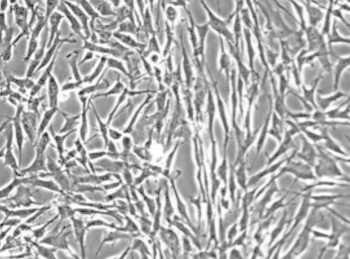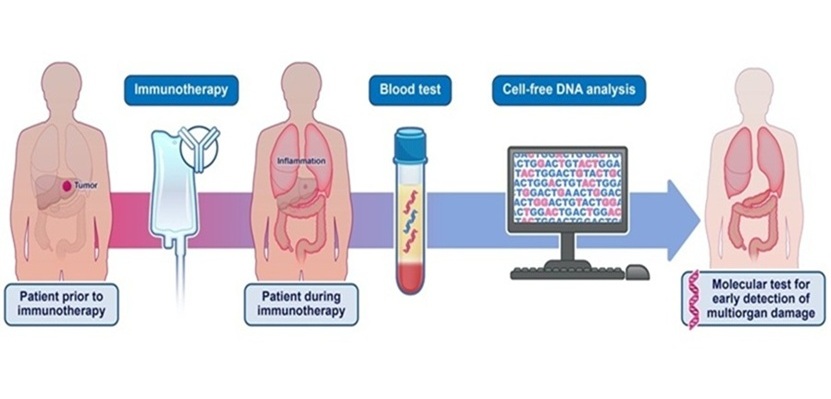Novel Biomarker Leads to Early Detection of Liver Fibrosis
By LabMedica International staff writers
Posted on 05 Sep 2013
Liver fibrosis refers to the accumulation of harmful deposits of extracellular matrix (ECM) proteins, and it can eventually lead to organ failure. Posted on 05 Sep 2013
The formation of harmful scar tissue, a process known as fibrosis, is associated with abnormal immune responses in the liver, but very little is known about the molecules and cells that contribute to fibrosis.

Image: Photomicrograph of human hepatic stellate cells under phase contrast (Photo courtesy of ScienCell Research Laboratories).
Scientists at the Friedrich-Alexander University of Erlangen-Nuremberg (Erlangen, Germany) have revealed the central role the immune molecule interleukin 33 (IL-33) plays in the formation of liver fibrosis. The hepatic expression of the cytokine IL-33 was both required and sufficient for severe hepatic fibrosis in vivo. The team demonstrated that IL-33's profibrotic effects related to activation and expansion of liver resident innate lymphoid cells (ILC2).
The investigators were able to identify the immune networks underlying IL-33's harmful effects and discovered that this molecule activates immune cells the ILC2, which had never before been linked to liver disease. They identified ILC2-derived IL-13, acting through type-II IL-4 receptor-dependent signaling via the signal transducer and activator of transcription 6 (STAT6) transcription factor gene. They also found that hepatic stellate-cell activation was a critical downstream cytokine of IL-33-dependent pathologic tissue remodeling and fibrosis factor. They also discovered that the amount of IL-33 in the blood was higher than normal in patients with liver disease.
Stefan Wirtz, MD, the lead author of the study, said, “Our findings reveal IL-33 as a novel biomarker that could potentially lead to early detection of fibrosis in patients, which may be extremely valuable for preventing further damage to the liver. Moreover, the study shows that drugs targeting IL-33 or ILC2 responses could be a promising strategy to protect against fibrosis and chronic liver disease." The study was published on August 22, 2013, in the journal Immunity.
Related Links:
Friedrich-Alexander University of Erlangen-Nuremberg














